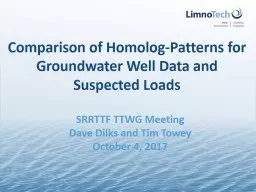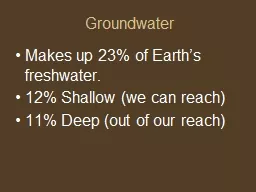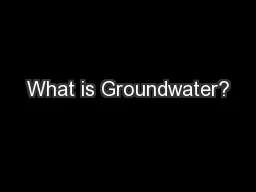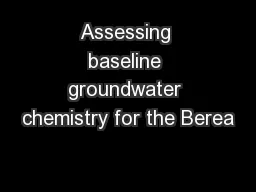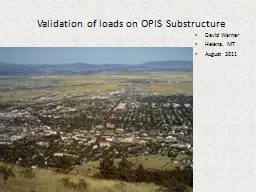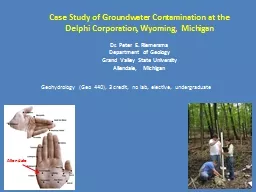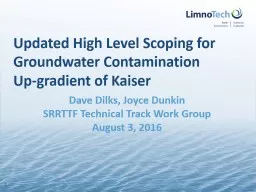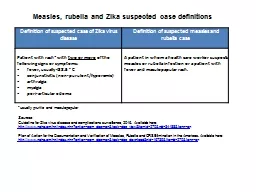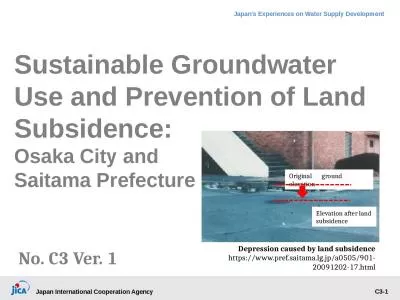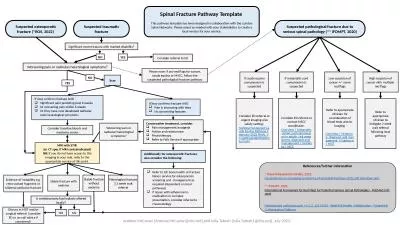PPT-Comparison of Homolog-Patterns for Groundwater Well Data and Suspected Loads
Author : marina-yarberry | Published Date : 2018-03-07
SRRTTF TTWG Meeting Dave Dilks and Tim Towey October 4 2017 Summary Task Description Compile and assess all relevant groundwater PCB data Compare homolog patterns
Presentation Embed Code
Download Presentation
Download Presentation The PPT/PDF document "Comparison of Homolog-Patterns for Groun..." is the property of its rightful owner. Permission is granted to download and print the materials on this website for personal, non-commercial use only, and to display it on your personal computer provided you do not modify the materials and that you retain all copyright notices contained in the materials. By downloading content from our website, you accept the terms of this agreement.
Comparison of Homolog-Patterns for Groundwater Well Data and Suspected Loads: Transcript
Download Rules Of Document
"Comparison of Homolog-Patterns for Groundwater Well Data and Suspected Loads"The content belongs to its owner. You may download and print it for personal use, without modification, and keep all copyright notices. By downloading, you agree to these terms.
Related Documents

